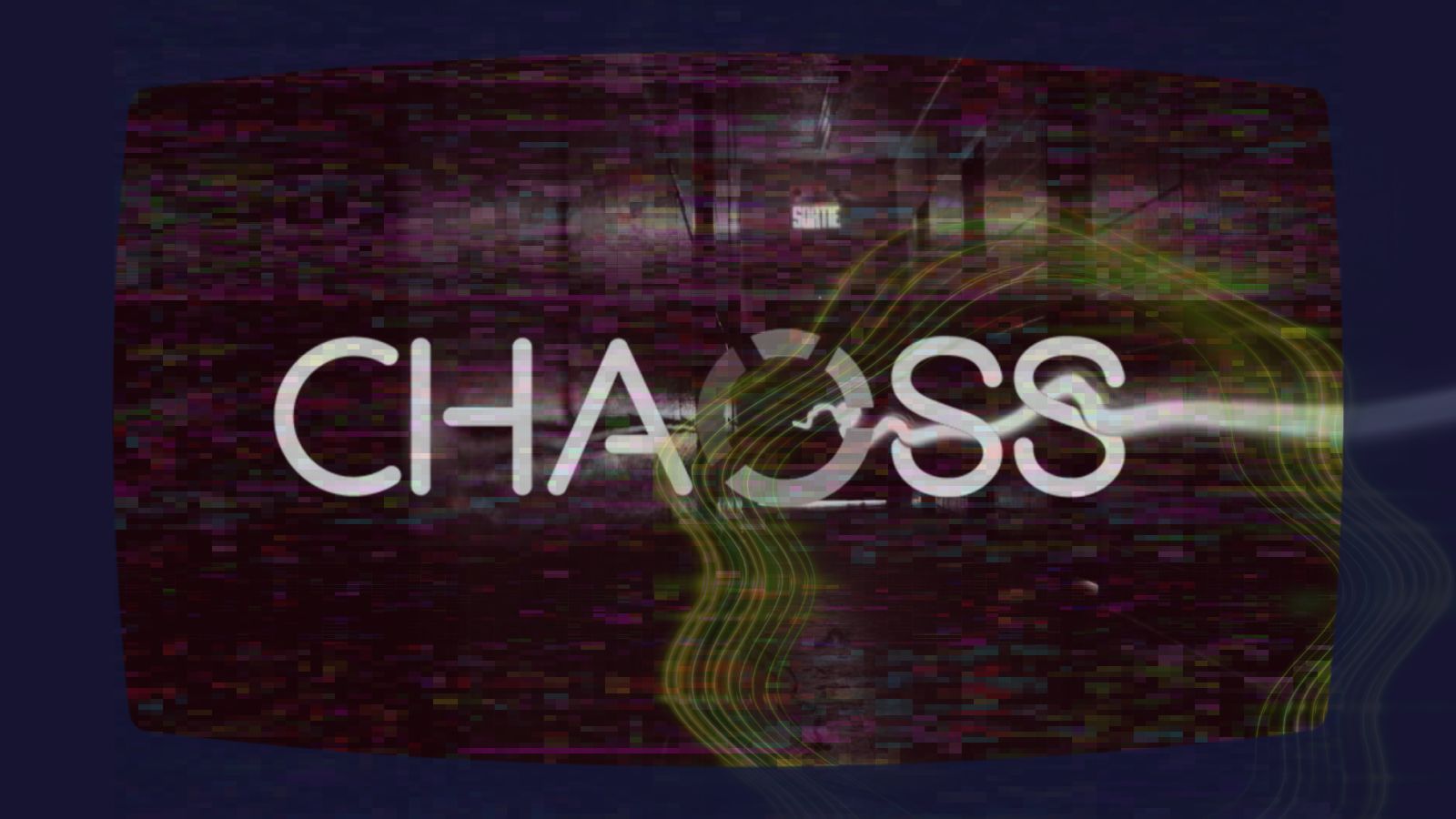The past few years Bitergia organised several FLOSS metrics events in conjunction with either CLS, OSCON or FOSDEM. Each event saw interesting speakers from organisations like Paypal, Zalando etc.
This year there will be a full day conference (CHAOSSCON + GRIMOIRECON) on February 2 prior to FOSDEM. The day features CHAOSS and GrimoireLab updates, use cases and practical workshops for developers, community managers, project managers, etc. It is a great opportunity for community managers, software development managers, developers and generally anyone involved in Open Source and Inner Source software development to meet up and exchange ideas and to discuss current trends in open source.
In September at the Open Source Summit Los Angeles, the Linux Foundation announced the Community Health Analytics Open Source Software project (CHAOSS). Initial interest and the impressive list of founder members 1 illustrates a growing recognition that while open source is, strictly speaking, about a license; open source success is entirely dependent on a healthy community.
CHAOSS is a long-overdue initiative that is the result of years of enthusiasm, dedication and discussion around community and metrics. I distinctly remember the late night talks about community metrics at the Birds Of A Feather sessions at OSCON Portland around 2013. And, I remember being really intrigued by one of the few community metrics projects around at that time doing sentiment analysis.
This was very basic analysis, based on tallying the number of positive and negative words from mailing lists. At that time we only had nascent ideas of the metrics which could be analysed around a community. But several Community Leadership Summits saw the range of topics grow around the metrics subject.

The Community Leadership Summit was one of the spots where discussion around community metrics found fertile soil. You could really feel community metrics becoming a trend. Being a community manager for the TYPO3 project back then I struggled with reporting back to my community on how effective community management was.
AoP partners Bitergia were a huge influence in starting this initiative. I can’t remember meeting the guys and NOT speaking about community metrics.
One great example of how community metrics can be used, is shown in an Intel-commissioned report on gender diversity in the OpenStack community. While the technology industry has been a major source of innovation and economic growth, in the intro of the report, Nithya Ruff highlights the industry’s lagging ability to encourage diversity among its ranks. The report, shows in detail how women make up a maximum 20% of the community: be it in governance/leadership or technical contributions.
While the technology industry has been a major source of innovation and economic growth, Nithya Ruff mentions in the intro of the report, its ability to encourage diversity among its ranks lags. The report, that can be downloaded straight from the OpenStack website, shows in detail how women make up around (max) 20% of the community be it in governance/leadership or technical contributions. , tsides the telling outcome of the report The report hopefully promotes more dialogue and actions around diversity.
Footnote: Initial members contributing to the project include Bitergia, Eclipse Foundation, Jono Bacon Consulting, Laval University (Canada), Linaro, Mozilla, OpenStack, Polytechnique Montreal (Canada) Red Hat, Sauce Labs, Software Sustainability Institute, Symphony Software Foundation, University of Missouri, University of Mons (Belgium), University of Nebraska at Omaha, and University of Victoria.

